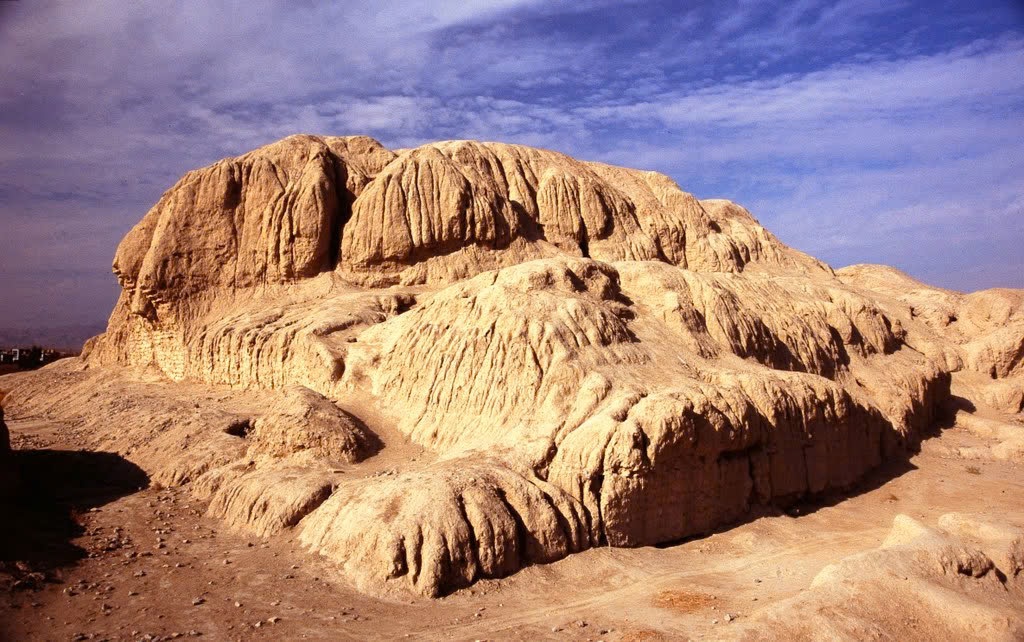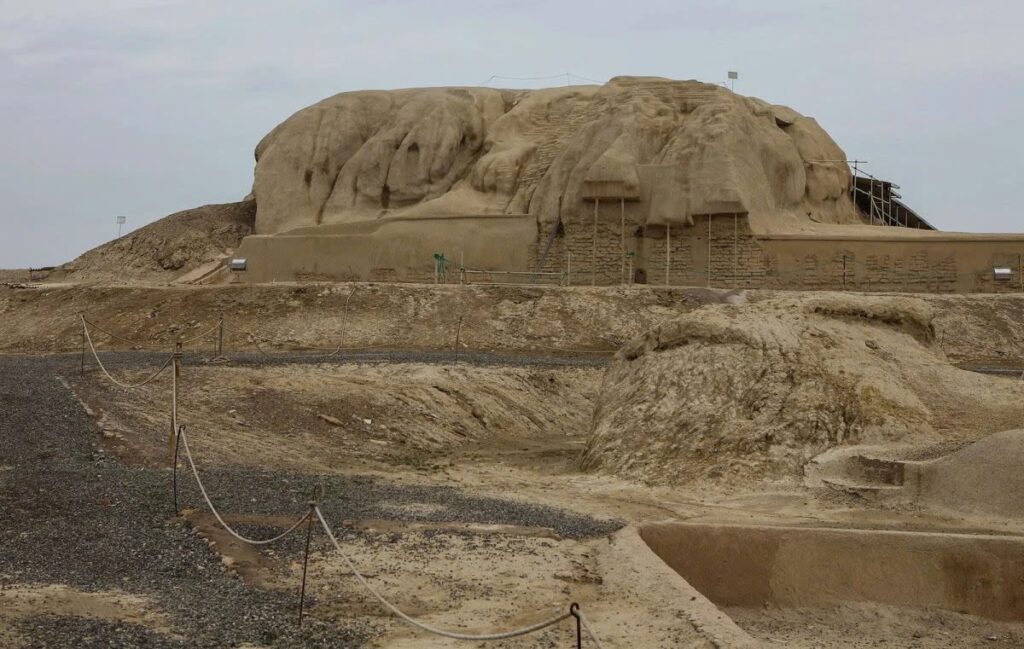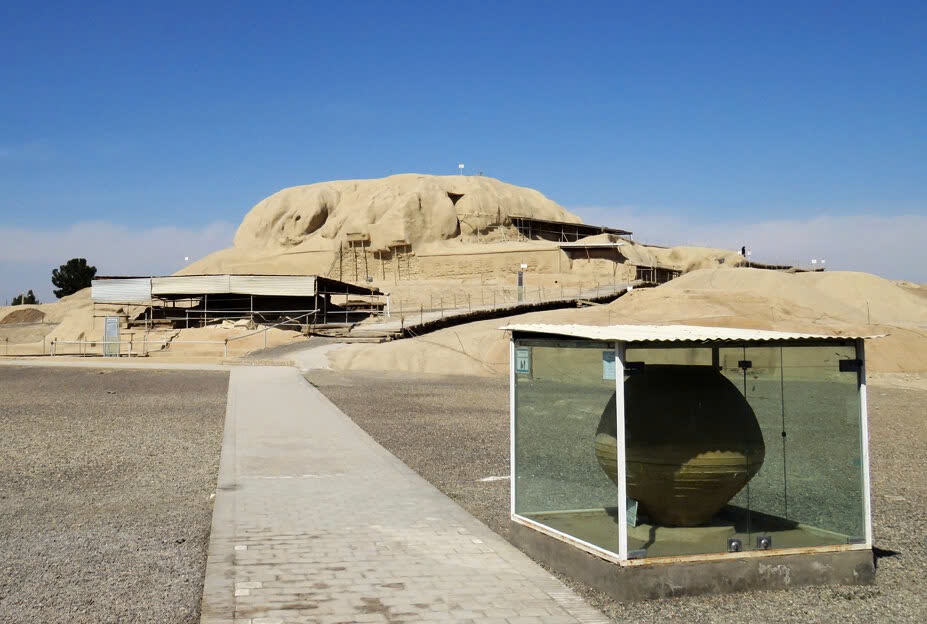Unearthing the Mysteries of Sialk Hills

Nestled in the southwestern part of Kashan, Iran, the Sialk Hills were long regarded by locals as a “cursed city,” feared and avoided. It wasn’t until a severe flood in 1930 that the hidden history of Sialk Hills, dating back 7,500 years to the Achaemenid Period, emerged from obscurity.
Discoveries from the Flood

The flood revealed what is now known as Teppe Sialk (meaning “hill” or “mound” in Persian). Contrary to its name, this site is actually a ziggurat, a rectangular stepped tower often topped with a temple, primarily constructed of clay. Believed to be the world’s oldest ziggurat, it dates back to the 3rd millennium BC and is located near the scenic Fin Garden.

Following the flood, numerous ancient artifacts, including pottery and tools, surfaced. This discovery prompted a team of European archaeologists led by Dr. Ghrishman from the Louvre Museum to excavate the site. Their painstaking work resulted in significant findings, detailed in two published books, but the site’s importance remained largely unrecognized by the Iranian government until 2001.
Reviving Interest in Sialk
In 2001, Dr. Malek Shahmirzadi initiated new excavations, implementing measures to protect the site and its valuable artifacts. Dr. Ghrishman estimated that the Sialk civilization dates back over 10,000 years, with six distinct levels identified in the northern and southern parts of the site.

While much of the ziggurat remains in poor condition, the three platforms of the larger structure still stand. In contrast, little remains of the smaller necropolis nearby. Sialk is one of four ziggurats built by the Elamite civilization, alongside Choqa Zanbil, Susa Ziggurat, and Haft Teppeh.
A Testament to Ancient Engineering

The Sialk ziggurat, constructed around 2900 BC, predates the famous ziggurat at Ur, built in 2100 BC. Archaeological studies, in collaboration with Iran’s Cultural Heritage Organization and international institutions, confirm that the earliest settlements in Sialk date back to 5500 BC.
The ziggurat was likely built to manage the abundant water supply from Solomon’s Spring (Cheshme-ye Soleyman), which channels water from the nearby mountains. The discovery of Sialk Hills not only sheds light on ancient Iranian civilization but also reveals the intricate relationship between early societies and their environment.

